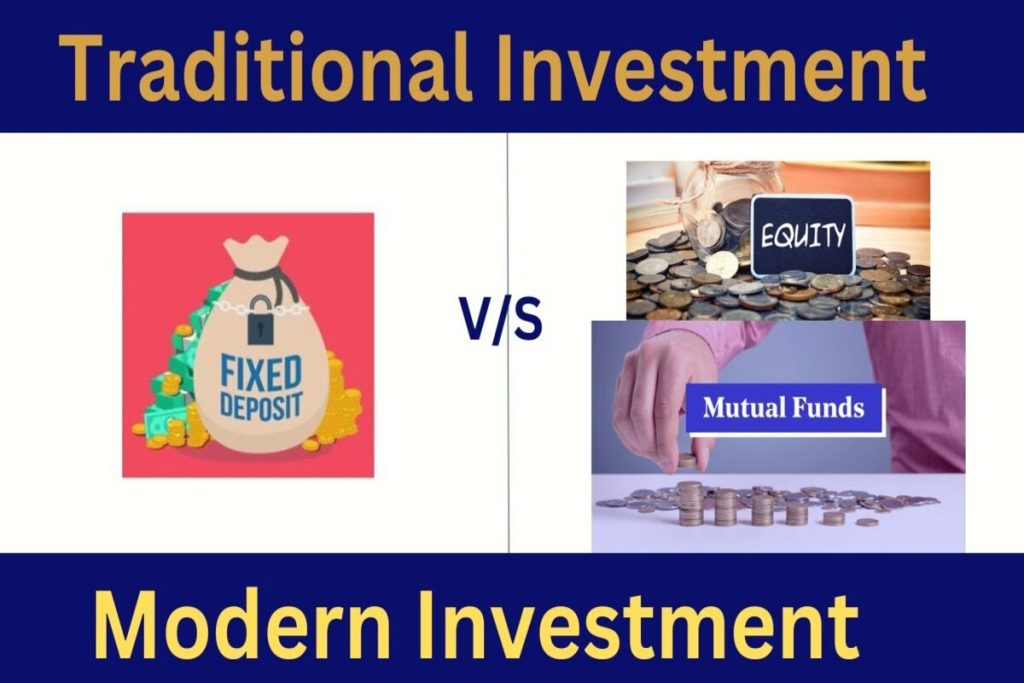We shall do our best to answer the raving question, “What is modern investing?” The digitization of almost every commercial activity on earth has transformed investing into a new form.
What Is Modern Investing?
Modern investing is a recent strategy being adopted by finance analysts and investors to get above-average returns on their seed money. Traditional investments, like real estate, bonds, stocks, and operating a high-yield savings account, still yield some interest. However, modern investing strategies involve a little more risk but significantly higher profits.

Modern investing strategies often involve bypassing intermediaries and third-party costs. Examples are exchange-traded funds (ETFs) and equity funds focusing on risk diversification. In other instances, modern investing simply means adopting emerging technologies for wealth management and growth. Now, let’s examine the future of financing.
ALSO READ: Boeing Faces Challenges in 2024, Yet $21 Billion Investment Sparks Optimism for Recovery
Examples of Modern Investing Strategy
A few decades ago, it was complex and challenging for a farmer in the countryside of Idaho to buy stocks listed on the New York Stock Exchange. Such investors often had to consult with multiple entities and at sometimes exorbitant prices before buying publicly traded shares. All these happened before the advent of mobile trading apps.

Some social trading platforms allow rookie investors to follow the cues of experts. They simply observe these expert traders, follow their calls in different investment scenarios, and follow their strategy. Social trading can be risky, but it is a good way to learn.
However, several modern investing examples illustrate how technology has revolutionized people’s investments. Below are some examples of such technologies that have revolutionized the future of finance.
1. Robo-advisors
Robo-advisors are complex algorithms that offer tailored, automated investment advice. This technology uses an individual’s risk tolerance and financial target to craft an investment roadmap.
2. Alternative Investment Opportunities
Alternative investments allow investors to diversify their portfolios and harvest relatively higher returns. The only bottleneck is that investment risk is higher than conventional investment opportunities. The upside of alternative investments is that they are available to a wide spectrum of investors. Commodities trading, real estate crowdfunding, venture capital, and peer-to-peer lending all fall under the alternative investment category.
3. Socially Responsible Investing
Socially Responsible Investing (SRI) largely involves investing money into businesses operating or manufacturing green technologies. Most ultra-rich people now ask about the ethical basis of research or whether a company’s activities are environmentally friendly before investing in them. Meanwhile, some startups make ethics and sustainability the core of their business profitability.
4. Cryptocurrencies and Blockchain Technology
Cryptocurrency is a form of currency that enables secure digital transactions without regulatory restrictions. The most popular examples are Bitcoin and Ethereum. Due to their disruptive capabilities, cryptocurrencies continue to hold substantial digital assets and viable investment channels.
The Future of Financing
The financially aware baby boomer can attest to the number of bold disruptions in the finance sector. However, finance analysts and experts still believe there are more innovations in the offing. The question of “What is modern investing?” transcends ETF, equity, and portfolio diversification. Below are some examples of disruptive technologies and trends experts anticipate will revolutionize finance and investing are below.

1. Green Finance
Many organizations are calling for a reduction of activities resulting in high carbon emissions worldwide. As a result, some individuals are now investing in environmentally friendly projects and companies. Elon Musk’s Tesla is partly profitable because of the government rebates and tax waivers it receives.
Similarly, a dedicated security market for carbon-credit-selling companies may emerge in finance. The carbon credits trade will likely become a massive investment venture soon.
2. Impact Investing
Impact investing transcends SRI. Instead, it also involves channeling investments toward measurable social impact. So, this kind of investment balances noticeable environmental outcomes and financial returns in the libra. Usually, the goals of impact investing revolve around providing solutions to social problems, albeit on a global scale.
3. Decentralized Finance (DeFi)
DeFi is an emerging ecosystem in the finance world. This new system functions on a backbone blockchain technology. Some of the specialized functionalities of this financial ecosystem are peer-to-peer lending and decentralized exchanges. DeFi has future prospects as a platform for algorithmic trading.
Also, there is the possibility that mobile trading apps will incorporate algorithmic trading features in the future.
ALSO READ: Saudi Arabia Commits to $100 Billion Investment in Mining with a ‘Fast and Furious’ Approach
4. Artificial Intelligence (AI) and Machine Learning (MI)
Artificial intelligence is the rave of the moment, and many sectors, including finance, are exploring means of exploiting it. Aspects of modern investing and finance that AI and MI could affect are customer service, fraud detection, and risk assessment.
So, what is modern investing again? In the previous decade, there were no peer-to-peer lending platforms, and mobile trading apps were not the priority of app development. In summary, modern investing involves adopting a technologically enhanced investment strategy.

